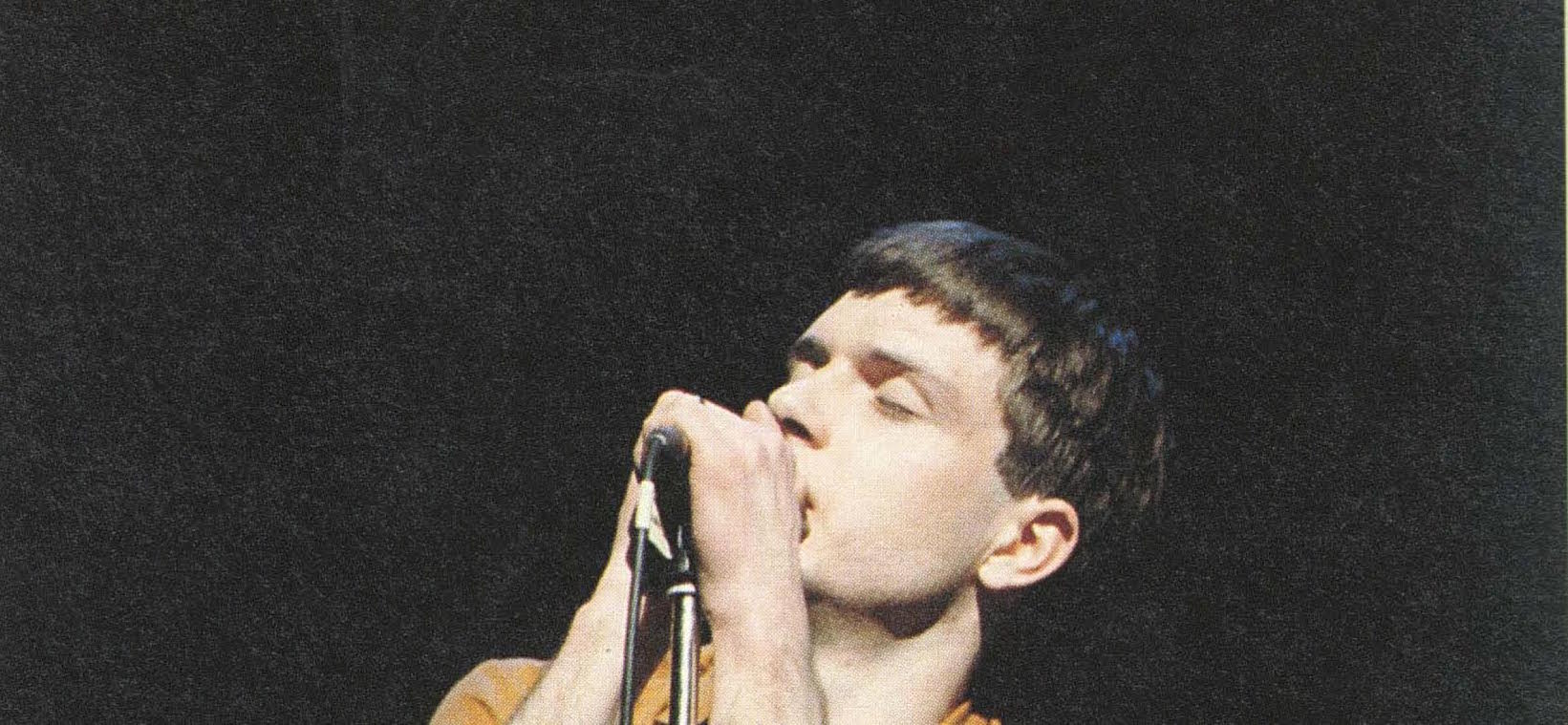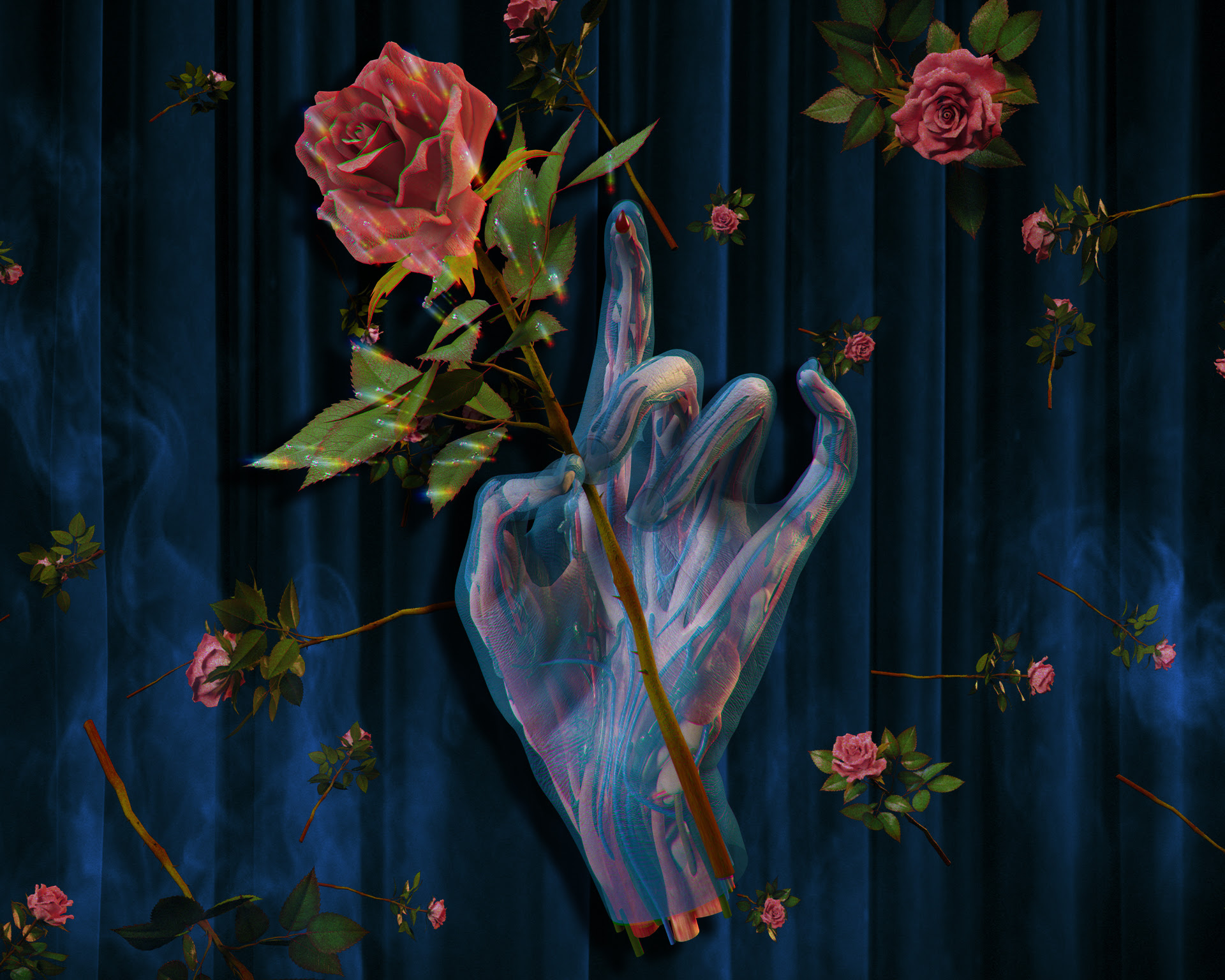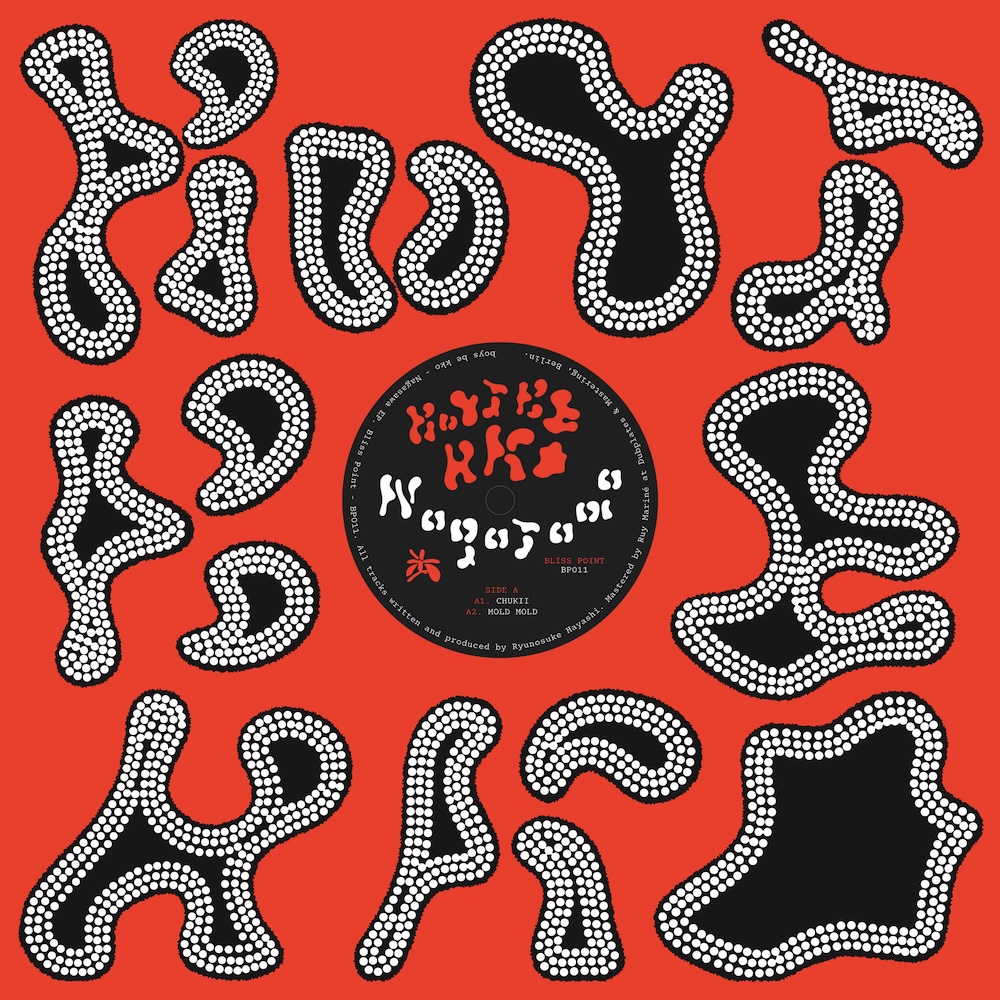Ghosts In My Headphones – An Ode To Joy Division

I still remember the period when I listened to little else but Joy Division. I was 17 at the time. It wasn’t a revelatory godsend, an epiphanic flashpoint when everything changed, as revisionist talking heads documentaries often have it. More of a gradual consolidation, a feeling that despite the fact that Ian Curtis had died over twenty-five years ago – at this point in time – he had transcended the irredeemable sorrows and afflictions that led to his suicide, all in the name of articulating something that mirrored suburbanite existence; the drab mediocrity and deferred prospects of growing up in England. The daily traversal of cracked cement and residential insipidity. The tedious boredom, the nondescript claustrophobia, the desperate need for an outlet which spoke of something, if not better, then certainly grander. Something that didn’t seem blissfully ignorant, but almost painfully aware of the bleak inadequacy that I was convinced was the defining character of my town, a place that could only be identified by its absences, its lack of colour, its empty streets which seemed to take on a cinematic vacancy in Winter. Curtis and Joy Division were ghosts in my headphones, who seemed to assimilate such an environment. They didn’t offer transformation, renewal or escapism but comprehension and meaning, even if that meaning often entailed nihilist recognition.
It wasn’t long before I discerned the ludicrous melodramatic assumptions I was operating under. The pretentious, quintessentially adolescent belief that no one understood like Curtis, that no one could capture the sounds and sights of my daily life like Joy Division, and that the band’s intent boiled down to expressing discontentment tailor made for an introverted teenager in a small borough on the outskirts of London. Though that didn’t deter my enthusiasm. Anton Corbijn’s flawed 2007 biopic Control, although inappropriately burnished to an immaculately monochromatic cinematography, was irresistible fodder for an impressionable teenage mind. It didn’t matter that this was a simulation. Watching the recreation of the band’s 1979 performance on the BBC’s Something Else show caused irrepressible goosebumps; a manufactured reproduction that sent me spiralling back to the original. I had already consumed Unknown Pleasures, Closer and most of Still and Substance but this gave me a perspective on just how significant their influence was, how important they were outside of my own self-centred preoccupations. Grant Gee’s documentary in the same year provided a more grounded, elaborated insight into the actual life of the band and its members but however different this outlook was, both films acted in tandem, as inspiring sources of beneficent propaganda. With their release in the same year it was as if it had been decided upon high that – as a conceited, occasionally morose 17-year-old harbouring a fanciful though superficial attachment to anything that could be considered high minded and literary – I was the sole target for these transmissions. From this point on I would be inevitably spellbound.
But what’s struck me since isn’t the origin and extent of my infatuation with the band but how intertwined they are with my memories of that time. How Martin Hannett’s production contained an atmospheric alchemy – a special design filled with impossibly vivid effects – of wasteland winds, shattered glass and lightning strikes of reverb that signalled an immersive aural storm, even on the paltry, inferior amplification of a second rate mp3 player. It was as if the winds that gusted through trees outside my window on cold nights had been artfully plucked and infused in the band’s sound. Not only that but the unmediated noise of a petrol garage situated nearby and the streaming onrush and aftermath of cars on roads that I also heard regularly at home seemed to be, if not directly replicated in Hannett’s treatments, were at least embodied in the post-industrial aura of arid desolation that his production work invoked. Both the sounds I heard from my bedroom – those gusts of wind through trees, cars speeding by, indeterminate shouting and bottles smashing – and the sounds I turned to in my headphones – the alien, spectral manipulations of Hannett – seemed to withhold traces of modern activity that were constantly looming into view, arriving suddenly, then disappearing with haunting inauspiciousness.
A different but similarly specific instance in which the marriage of my banal locale and the band’s momentous depictions became a united impression came in the form of my daily journey to school. In the Autumn and Winter, the field I often walked across as part of a shortcut became either a muddy trudge through indelible dark brown mud, or an uneven negotiation of frosted turf in a landscape that seemed to have fallen silent on account of the cold. Nothing poeticised such scenery like Joy Division. On several occasions I savoured opportunities to walk home alone late, after a detention or an afterschool activity of some kind, dramatizing my absurd notions of complex melancholy as if I were the solitary protagonist of a film. That sense of affectation reached a peak when I purchased a Fred Perry mac that I supposed resembled the utilitarian style of the band. My admiration knew no bounds. Fortunately, as retribution for such airheaded, devotional superficiality I fell over on an icy path. In the process of falling my arse jutted out ripping a hole in the back end of my treasured jacket. It had been turned into an arseless mackintosh – as if it were an intentional sartorial decision made by a male stripper/escort – and my supposed identity as a dedicated fan complete with suitably understated outfit was rendered a humiliating, slapstick affair. It’s surprising to reflect now that Joy Division represent more than a force for sincere retrospective consideration. For me at least they evoke a multifaceted recall that also includes the humour and farce of pissing around whilst occasionally trying to be ‘tortured’ and profound. They’re who I often turned to when the realisation that I was an awkward excuse for a young adult became all too oppressive.
It’s important to note that what led me to these diverse series of connections wasn’t a casual appreciation of their work, based on gratified expectations and a submission to the mythology that has proliferated since Curtis’ death (the 35th anniversary of which is this week) – though I know that some unavoidable semblance of this has factored into it – but a rare communion between their music and not only my environment but the other unremarkable but abiding events of a generic suburban teenage life. Hearing them at house parties, after having devoured the biggest haul of cheap lager a trip to the local off licence would permit and witnessing a room of tragic Topshop rejects fumble their way through ‘Love Will Tear Us Apart’ in an almost weekly occurrence at an ‘indie disco’ at Camden’s Koko were disjunctive to the deeply invested connection I supposed I had made. I almost resented the way they were reduced to playlist fodder and karaoke spectacle. However, I always felt the same shockwave rush when hearing them, even more so on account of the greater volume the band’s work was given in these instances.
It wasn’t just the sounds in and of themselves that constituted an ideal aural representation of both my teenage years and the quotidian English confines that went some way to defining them, but the particularities of each band member and their dark solidarity as a whole. The low slung driving sonority of Peter Hook, the expressionist, tightly wound twangs and self-effacing presence of Bernard Sumner, the organic mechanistic drumming of Stephen Morris all seemed to pose, not only an estimable attitude in their unrelenting, determined commitment to a stark vision – constituted by both eruptive, minimalist punk and funereal, coruscating dirges – but a quality of blank faced rebellion that espoused a restraint that seemed exotic and European rather than Mancunian, a sophisticated, enigmatic sense of character that has led to a subsequent love for minimal wave and post-punk of all hues. The ripples of that teenage admiration are still keenly felt.
As for Curtis’ lyrics, there are fragments that still prick my ears up. Although his words are often classified, with hindsight, as undeniably portentous of his eventual suicide, the feverish vocal neuroses that he gave voice to still has the power to transfix me, possessive of traumatized but indefatigable energies, even in the midst of communicating deathly significance. A paradox if ever there was one.
That’s why all the rampant merchandising, the endless commodification, the idolatry, the deification, the hero worship, the death cult obsessions and all the clickbait articles comprised of content gleaned from cursory Wikipedia research can’t diminish my appreciation.
Some things are too sacred, some things begin to mean too much.
Here’s to Ian Curtis, here’s to Joy Division, the ghosts that will always be there.






















